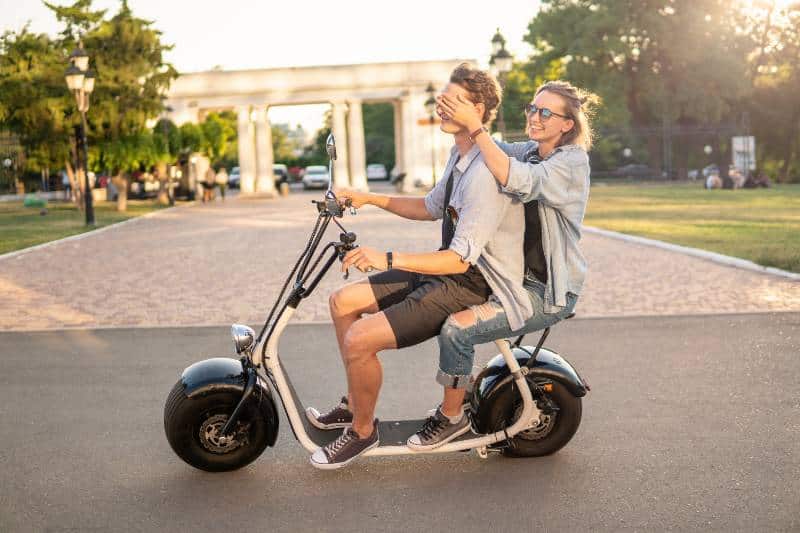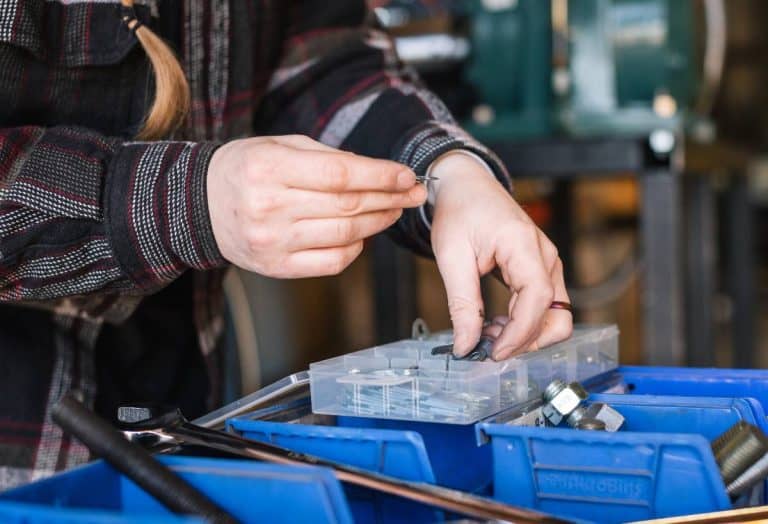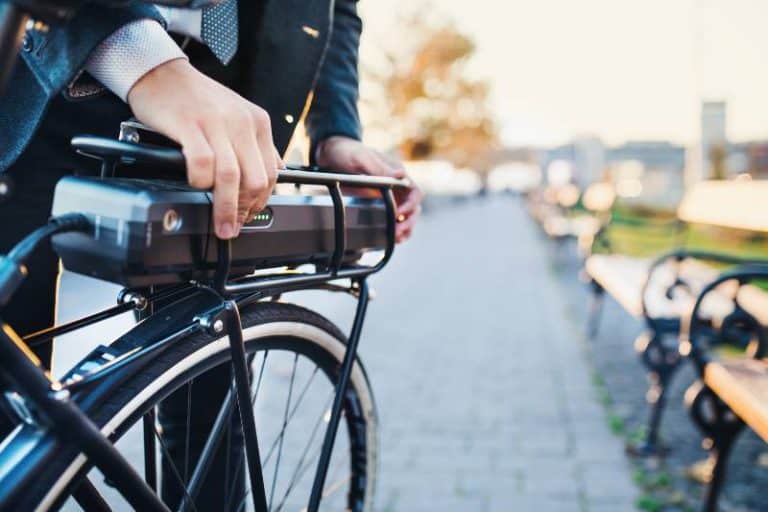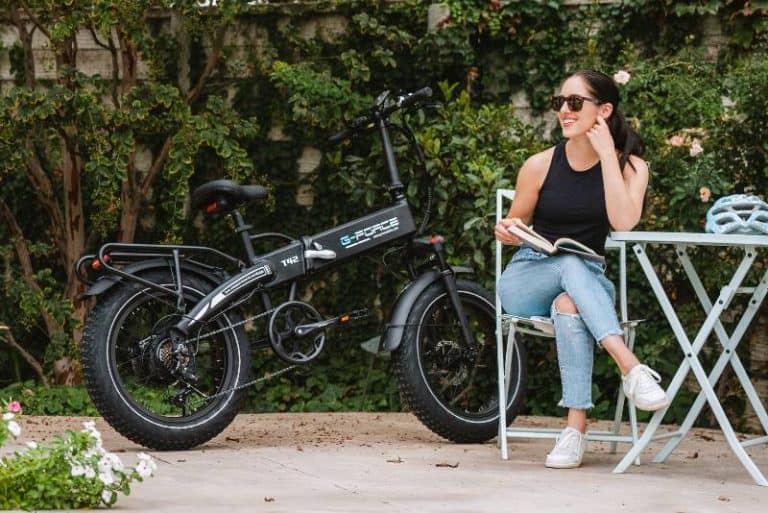How Fast Can E-bikes Go? Speed Limits Info & Tips
There’s no doubt that electric bikes are having a moment. According to a World Economic Forum (WEF) study, electric bike sales in the United States increased by 145% in 2020 compared to 2019. But how fast can e-bikes go? In this blog post, we will answer all of your questions about e-bike speed limits!
A typical electric bike can reach a top speed of 20 mph, making it a great choice for commuting or running errands. And if you run out of battery power, you can always pedal the old-fashioned way.
Key Takeaways
- The type of e-bike you are riding will determine the response. E-bikes fall into three categories, each with its own set of laws and guidelines.
- E-bikes in classes 1 and 2 are subject to the same regulations as standard bicycles and are permitted to use the same lanes and infrastructure. However, due to their higher top speeds, Class 3 e-bikes are still considered bicycles but are also subject to additional regulations.
- Riders of Class 3 e-bikes must be at least 16 years old and wear a helmet. They are also not permitted on regular bike trails.

What Qualifies as a Fast Bike?
Most people can average a speed of 15 mph on a one-hour bike ride. However, if you’re looking to qualify as a fast bike rider, you’ll need to be able to sustain speeds of 18 mph or higher. This is where regular training comes in – by building up your endurance and strength, you can gradually increase your top speed. With enough practice, you may even be able to reach speeds of 25 mph or more. So if you’re looking to race with the best of them, start hitting the pavement and see how fast you can go!
Ebike Legislation: How Fast Can I Legally Travel?
Powerful Electric bikes, or e-bikes, have become increasingly popular in recent years as a way to get around without reliance on a car. But with the rise of e-bikes has come some confusion about the rules governing them. So, just how fast can you legally travel on an e-bike?
The answer depends on the type of e-bike you’re riding. There are three classes of e-bikes, each with different rules and regulations. Class 1 and 2 e-bikes are governed similarly to regular bikes and are allowed to use the same infrastructure and paths. Class 3 e-bikes, however, are classified as bicycles but are subject to additional rules due to their greater top speeds. For example, in the United States, class 3 e-bikes have a minimum age of 16 years old to operate and require a helmet. Additionally, they’re not allowed on standard bike paths.
So, if you’re riding a class 3 e-bike, you can legally travel up to 28 mph. But be sure to check your local laws and regulations regarding e-bikes, as these can vary from place to place. And always ride safely and responsibly!
The Speed and Range Trade-Off
Many individuals are unaware of the major trade-off between speed and range when purchasing an e-bike, which is typically more of a problem than either. The further you can travel, the slower your throttle or pedal assist is moving you along. The shorter the distance you can travel before your motor runs out of juice, even though you are traveling more quickly.
Aventon performed a Real World Range Test on each of our products, publishing the findings on each product page on our website so that you can see how quickly and how far you can go using the throttle or various levels of pedal assistance.
For example, if you are looking at the Level 2 Pedal Assist option for the Path Rider 7 speed, you can see that at 20mph, you will have a range of approximately 31 miles. If you rode at this speed continuously without stopping, your battery would be depleted in 1 hour and 45 minutes.
Now, let’s say you only want to ride at 10mph. You would then have a range of 62 miles before needing to recharge – 3 hours and 30 minutes worth of juice.
Do keep in mind that this is without pedaling at all – if you add in some pedaling while using the Level 2 assist, your range will increase!
But as a general rule of thumb, the faster you go, the shorter your distance will be. Something to keep in mind when choosing an electric bike!
Different Classes of Electric Bikes & How Fast Do Electric Bikes Go
Electric bikes, also known as eBikes, are a popular choice for those looking for an eco-friendly and efficient way to travel. There are three main classes of eBikes: Class 1, 2, and 3.
1. Class 1
e-Bikes have a motor that helps the rider while pedaling and goes up to 20 mph. The motor must stop providing assistance when the rider reaches 20 mph.
Class one e-bikes are great for short commutes or rides around town. They provide a boost when you need it, making pedaling easier, but don’t go too fast.
Maximum speed: 20 mph
2. Class 2
eBikes have a motor that helps the rider while pedaling and goes up to 20 mph. The motor can provide assistance even when the rider is going faster than 20 mph.
Class two e-bikes are perfect for longer commutes or hilly terrain. The motor will give you a boost when you need it, but you can also pedal faster than 20 mph on your own.
Top speed: 20 mph (with motor assist), 28 mph (without motor assist)
3. Class 3
eBikes have a motor that helps the rider while pedaling and goes up to 28 mph. The motor can provide assistance even when the rider is going faster than 28 mph.
4. Is there a Class 4 Ebike?
If you’re in the market for an electric bike, you might be wondering if there’s such a thing as a Class 4 e-bike. Under the U.S. electric bike classification system, For road use, Class 4 e-bikes are not permitted because their top speed is greater than 28mph and motor output is more than 750W.
However, there are some Class 4 bikes available on the market that are designed for off-road use only. So if you’re looking for a powerful e-bike to take on some tough trails, you might be able to find what you’re looking for in a Class 4 e-bike. Just make sure you check your local laws to see if they allow these types of bikes on the road before making your purchase.
Can You Derestrict A Electric Bike?
When someone asks if you can derestrict an electric bike, they are asking if you can tune the bike to make it go faster. And the answer is yes, you can. Derestricting, or tuning, is possible because the manufacturer established the speed limit for the electric bike, which means that eliminating those settings will allow the bike to use its motor power to its maximum potential.
Now, it’s important to note that derestricted bikes may not be street legal in all areas, so be sure to check your local laws before making any changes. But if you’re planning on using your bike off-road or on private property, then there’s no reason why you shouldn’t take advantage of its full power. So if you’re ready to go fast, then follow these steps to derestrict your electric bike.

The Dangers of Fast eBikes
Fast electric bikes, and eBikes, have become increasingly popular in recent years. They offer a convenient and affordable way to get around, and their top speeds can be very appealing to commuters who want to avoid traffic congestion. However, fast eBikes also come with a unique set of dangers.
One of the most common problems is controller malfunctions. When the controller on an eBike malfunctions, it can cause the bike to accelerate uncontrollably, often leading to serious accidents. In addition, fast eBikes can be difficult to stop, making it easy for riders to lose control and crash. As a result, riders need to be aware of the risks before they decide to ride a fast eBike.
How Fast Can E-bikes Go FAQs
Are electric bikes faster than regular bikes?
According to the University of Tennessee’s electric bike share research, e-bikes had a slightly higher top speed (about 3 mph) and average speed (about 12 mph) than a normal bike. However, according to the study, the majority of riders utilized less than half of the e-bike’s potential power, suggesting that most people don’t ride e-bikes as fast as they could.
Additonally, Bike frames are not just for looks. They also play an important role in the safety and performance of a cyclist. In fact, the right bike frame can help improve your cycling experience by providing you with better control and stability.
How fast does the fastest e-bike go?
Did you know that a fast electric bike in the world can reach speeds of up to 50 mph? That’s pretty impressive, especially when you consider that most traditional bicycles max out at around 20 mph. The Delfast Top 3.0 is thought to be the world’s swiftest electric bicycle, thanks to its high-capacity battery and powerful 3000 W motor you can also use it on a race track mode. So if you’re looking for a fast and fun way to get around, an e-bike might be just what you need. Just be sure to obey all local speed limits – even the world’s fastest e-bike can’t outrun the law!
How fast can a 1000w e-bike go?
Have you ever wondered how fast an electric bike can go? If you’re considering purchasing an e-bike, or you’re just curious, this is a question you might have. On level ground, a 1000w electric bike travels at about 35 mph (56.32 km/h).
Of course, many factors can affect this speed, such as wind resistance and the weight of the rider. But if you’re looking for a general idea of how fast an e-bike can travel, this is a good place to start.
The Bottom Line
So there you have it – everything you need to know about e-bike speed limits. As long as you’re aware of the restrictions in your area and take care to obey them, you should be good to go! Riding an e-bike is a great way to get around, save some money on transportation costs, and help the environment all at the same time. Have fun and stay safe out there.






